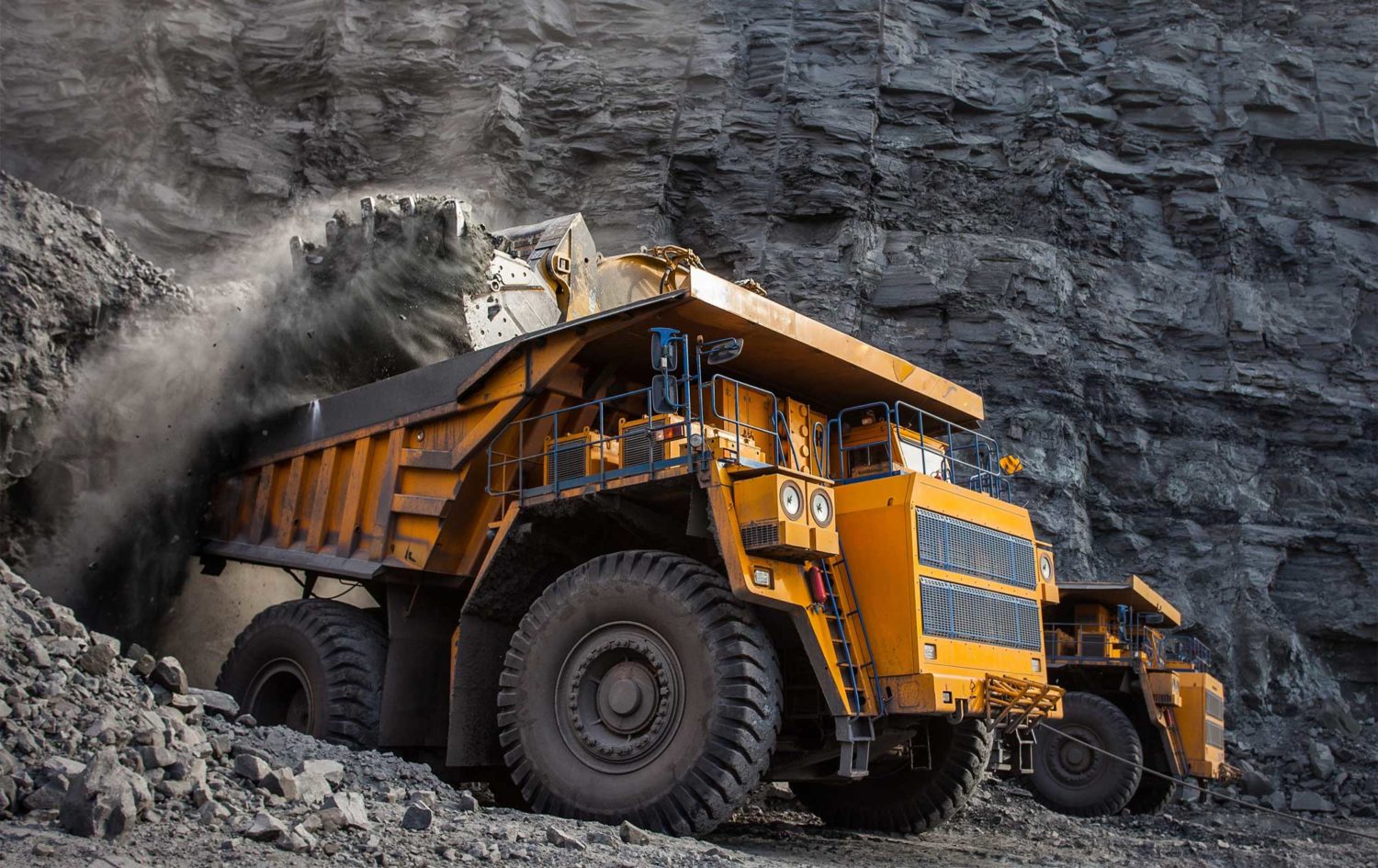Seaborne iron ore prices moved higher on Thursday as the spot market caught up with increases in futures earlier in the week. Spot trading activity remained muted as mills have completed restocking, but sentiment continues to be bolstered by expectations of Chinese spending.
The Kallanish KORE 62% Fe index increased $2.07/t to $138.15/dry metric tonne cfr Qingdao. The Kallanish KORE 65% Fe index gained $2.94/t to $167.23/dmt cfr, and the KORE 58% Fe index appreciated $1.27/t to $109.72/dmt cfr. 170,000 tonnes of PB Fines sold at $137.50/t with a laycan in 5-14 March.
On the Dalian Commodity Exchange, May iron ore settled up CNY 5/t at CNY 770.5/t ($121.13/t), while on the Singapore Exchange February 62% Fe futures settled up $0.23/t at $137.87/t. The same contract for 65% Fe and 58% Fe futures settled up $0.12/t at $168.25/t, and up $0.71/t at $105.97/t respectively.
6mm+ heavy scrap delivered to mills in the Yangtze River Delta remained flat at CNY 3,627/t, while Tangshan billet was also unchanged at CNY 4,480/t.
Despite spot markets having largely already broken up for the Chinese New Year holiday, limited trading followed futures prices higher on Thursday. Prices are being bolstered by expectations that China’s support for the economy will translate into steel demand in the coming months.
China has yet to announce several key decisions such as its local government special purpose bond quota for 2022. Talk of increased spending however has triggered hopes that the infrastructure sector could begin to recover.
Real estate has meanwhile partly stabilised amid an inflow of new financing. Increased mortgage issuance and looser rules around escrow accounts on pre-sales show the pressure China’s authorities are under to loosen their stranglehold on developer debts. In the short term, the release of funds could mean developers rush to get projects to market and boost construction activity.
China’s overall policy direction however is still towards reform of the sector and moving investment to other areas. That means that any loosening in the short term should lead to a tightening once Beijing feels confident enough to do so.






